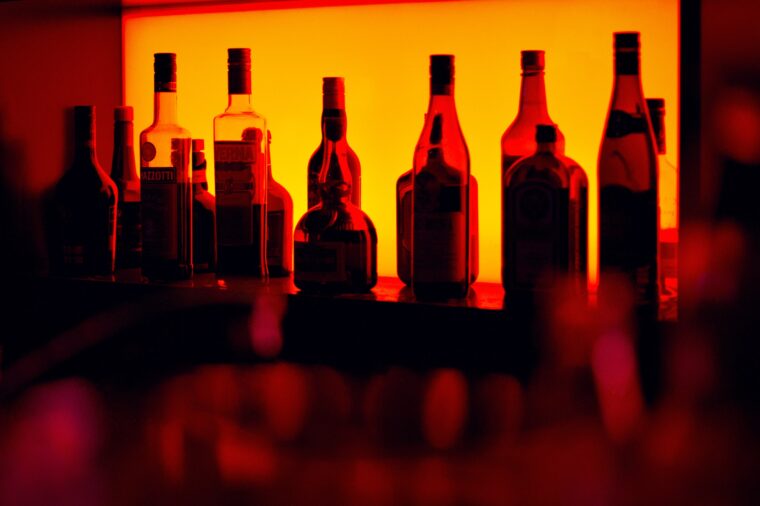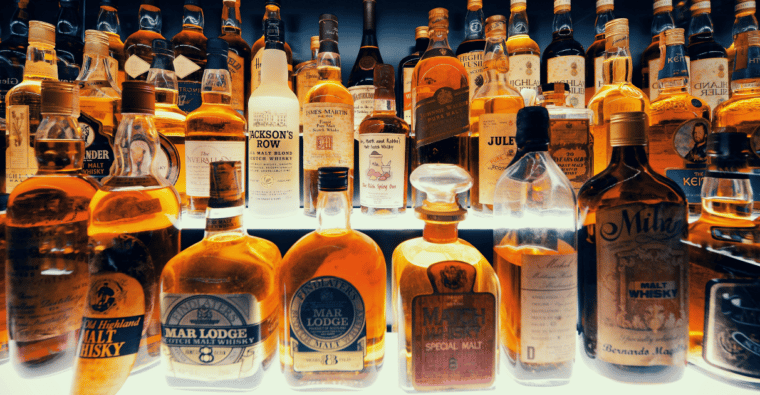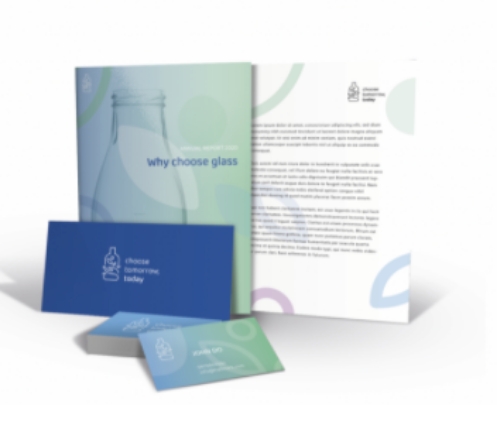What makes glass stand out?
Glass has a long history of making the world’s best-known products stand out – from wines and spirits, to iconic perfumes, fine foods, condiments, sauces and heritage products. That’s because glass forms part of the magic.
Take wine: selecting a bottle from cellar shelves, the iconic soft ‘pop’ as it’s uncorked or the theatre of pouring ruby liquid into a glass before sharing wouldn’t be the same without the bottle. And would a perfume atelier hold the same magic, if we weren’t faced with row after row of fragrances encapsulated in an iconic silhouette?
Delivering on lighter weight glass packaging
Glass stands out on its own. Not just because it’s a single-layer protective packaging container that doesn’t rely on secondary or tertiary packaging, but because it’s a means of conveying an identity. As we face climate challenges head-on, innovations in glass design are setting a new standard for packaging that delivers on sustainability, quality and brand identity.
The industry has invested heavily in sustainability, from making more lightweight packaging to decoupling emissions from production. Today, glass is 30% lighter, 70% less energy-intensive and emits 50% less CO2 than fifty years ago. The container glass industry is facing up to the future, and pairing our commitment to responsible production with a commitment to deliver distinctive packaging designs to our customers that are fully circular and climate neutral.
Building on innovation through light weighting
Today, “light weighting” or “right weighting” – reducing how much glass is needed to make containers while maintaining performance criteria on strength, quality and design – is already a market reality. How? In the last 20 years, glass bottles have become 30% lighter on average. As the only packaging material “Generally Recognized as Safe” (GRAS) by the U.S. Food and Drug Administration and also not covered by the EU’s REACH (Registration, Evaluation, Authorisation and Restriction of Chemical substances), glass production is up to meet growing demand for sustainable inert packaging, with more recycled glass content than ever, while energy consumption is down in furnaces and across distribution chains thanks to innovation. Today, nearly 9 in 10 wine bottles sold in the EU are light or medium weight.
Ever-lighter glass packaging is on the horizon from producers across the industry, together with brand partners. One example is Vetropack: their Echovai technology delivers the world’s first returnable bottle made of tempered lightweight glass, cutting weight by nearly a third while offering greater strength and stability. Trials with Austrian brewer Mohrenbrauerei found the lighter bottle could cut carbon emissions by up to 25% for the average beer bottle. Likewise, Verallia’s Ecova range slashes the weight of their top-selling wine bottles from 90 to 65 grams for a 6% reduction in carbon emissions, all while maintaining the aesthetic quality that wine lovers have come to expect. Meanwhile O-I has saved the equivalent of 12.7 million beer bottles by investing in R&D programs that ensure glass containers meet downstream strength requirements, to bring lighter and more efficient designs to customers. Over the last two decades, glass containers have only been getting lighter. The future will be no different.
Bringing sustainable glass designs to life
Lighter packaging alternatives exist – but none come close to the standards set by glass on creative branding, heritage, experience or premium product preservation. Equally, any move towards standardised glass packaging is not the answer. Versatile design matters to today’s consumer. In a world where packaging is proven to be just as intertwined with a product’s identity as the product itself, glass plays a crucial role in distinctive product branding. It’s not by chance that 90% of spirits are packaged in glass, or that certain bespoke wine bottles are made with heavier-weight glass, where intricate imprinted designs serve as a stamp of quality. Glass becomes a showcase to bring intricate designs and embossing to life, as part of premium, limited-edition or fully bespoke product lines.
We can’t put limits on creativity. That’s why marketing and consumer brand appeal are key considerations in glass design. Through partnering with designers and customers across the industry, we’ll make light weighting the default way to approach eco-design. With every customer, we’ll work hand in hand to ensure that the weight of their glass packaging reflects the needs of their product and brand.
That’s why, when it comes to packaging, the future is made clear. Our future is glass: the preferred material for sustainable, healthy closed-loop packaging, that builds iconic brands for generations to come. And that starts by design.
What influences weight of glass bottles?
- Square bottles are heavier than round bottles
- Bottles with embossing are heavier than no embossing
- Bottles with punt marks are heavier than no punt
- Decorative features like ribbing or indents are heavier than plain bottles
- 8 in 10 spirits bottles have specific branding/design, not standardised formats
- Light weighting or ‘right weighting’ pairs purposeful design with sustainability




